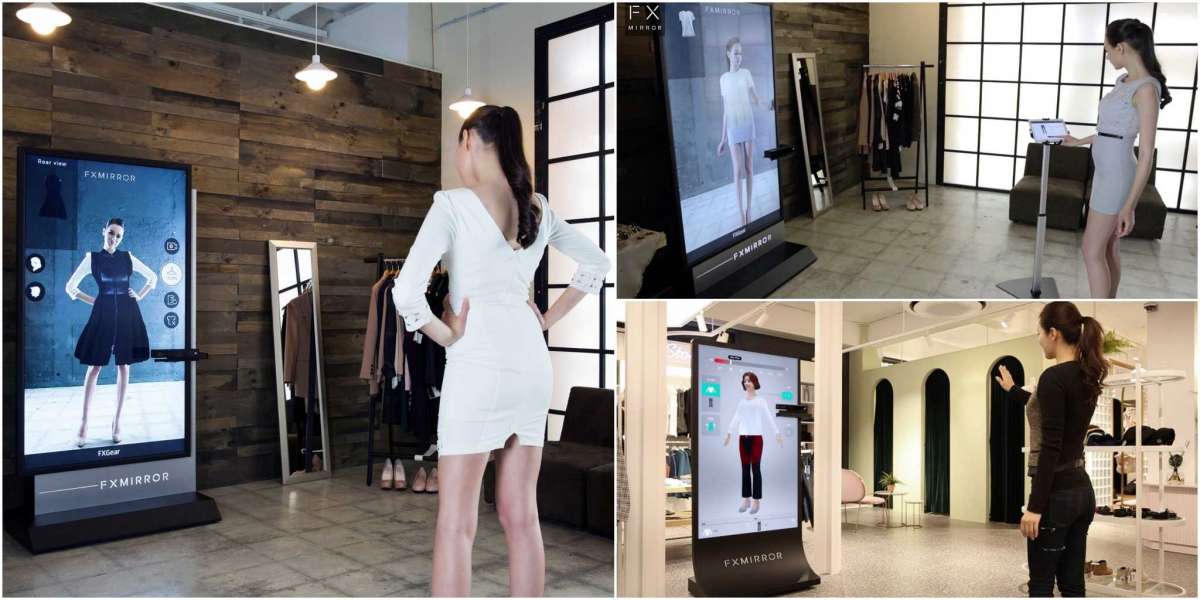Technology has revolutionized every aspect of our lives, and the fashion industry is no exception. From design and production to marketing and distribution, technology has changed the way the fashion industry operates. In this article, we will explore how technology has impacted the world of fashion.
- Design and production:
Technology has had a significant impact on the design and production of fashion. Fashion designers now have access to a wide range of digital tools that enable them to create new designs, experiment with colors and fabrics, and make changes in real-time. 3D printing technology has also allowed designers to create prototypes of their designs quickly, allowing them to test and refine their ideas before they go into production.
- Sustainable Fashion:
Sustainable fashion is a growing trend in the industry, and technology has played a vital role in promoting it. With the help of technology, designers can create eco-friendly fabrics made from recycled materials or biodegradable fibers. The use of digital technologies in manufacturing has also helped reduce waste, energy consumption, and water usage.
- Online shopping:
E-commerce has changed the way we shop for clothes. Online shopping has made it possible for consumers to shop from anywhere, at any time, and without the need to visit a physical store. This has given rise to new business models, such as fast fashion, which produces and sells inexpensive clothes at a rapid pace to keep up with the latest trends.
- Augmented Reality:
Augmented reality (AR) technology has allowed customers to try on clothes virtually, without having to visit a physical store. This has helped reduce the need for physical try-ons, which can be time-consuming and inconvenient for customers. AR technology also provides a more immersive shopping experience, allowing customers to see how the clothes will look on them before making a purchase.
- Big Data and AI:
The use of big data and artificial intelligence (AI) has helped fashion brands understand their customers better. By analyzing customer data, brands can identify their preferences, shopping habits, and behaviors, which helps them create more personalized shopping experiences. AI technology can also be used to predict future fashion trends, helping brands stay ahead of the curve and produce clothes that are in demand.
- Social Media:
Social media has become an essential tool for fashion brands to reach their customers. With platforms like Instagram, Facebook, and TikTok, brands can showcase their products to a wider audience and engage with their customers directly. Social media also allows customers to share their opinions about products and brands, providing valuable feedback for companies to improve their products and services.
In conclusion, technology has had a profound impact on the fashion industry, changing the way clothes are designed, produced, marketed, and distributed. With the help of digital technologies, fashion brands can create more sustainable products, offer personalized shopping experiences, and reach a wider audience. The future of fashion is likely to be even more tech-driven, as new innovations continue to emerge, and the industry adapts to meet the evolving needs of customers.




Alphonsus Odumu 1 w
Pretty significantly